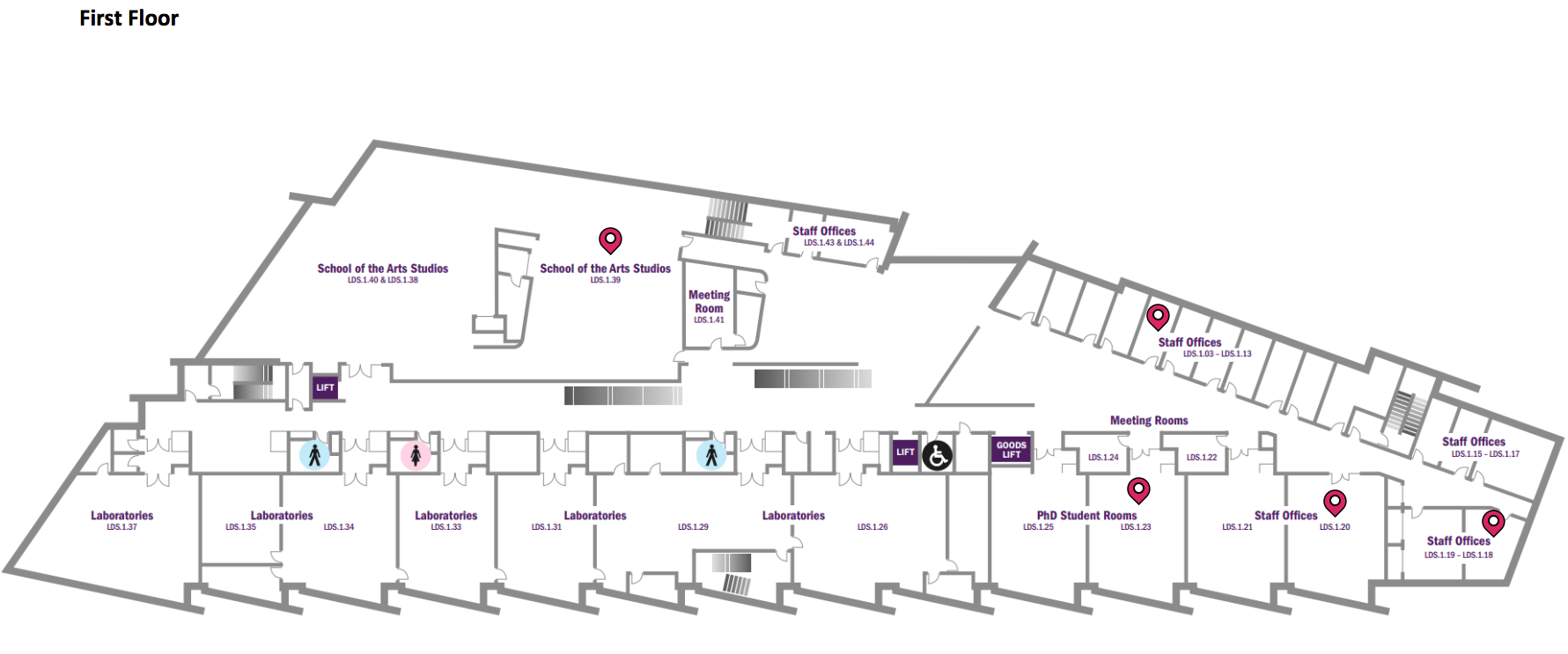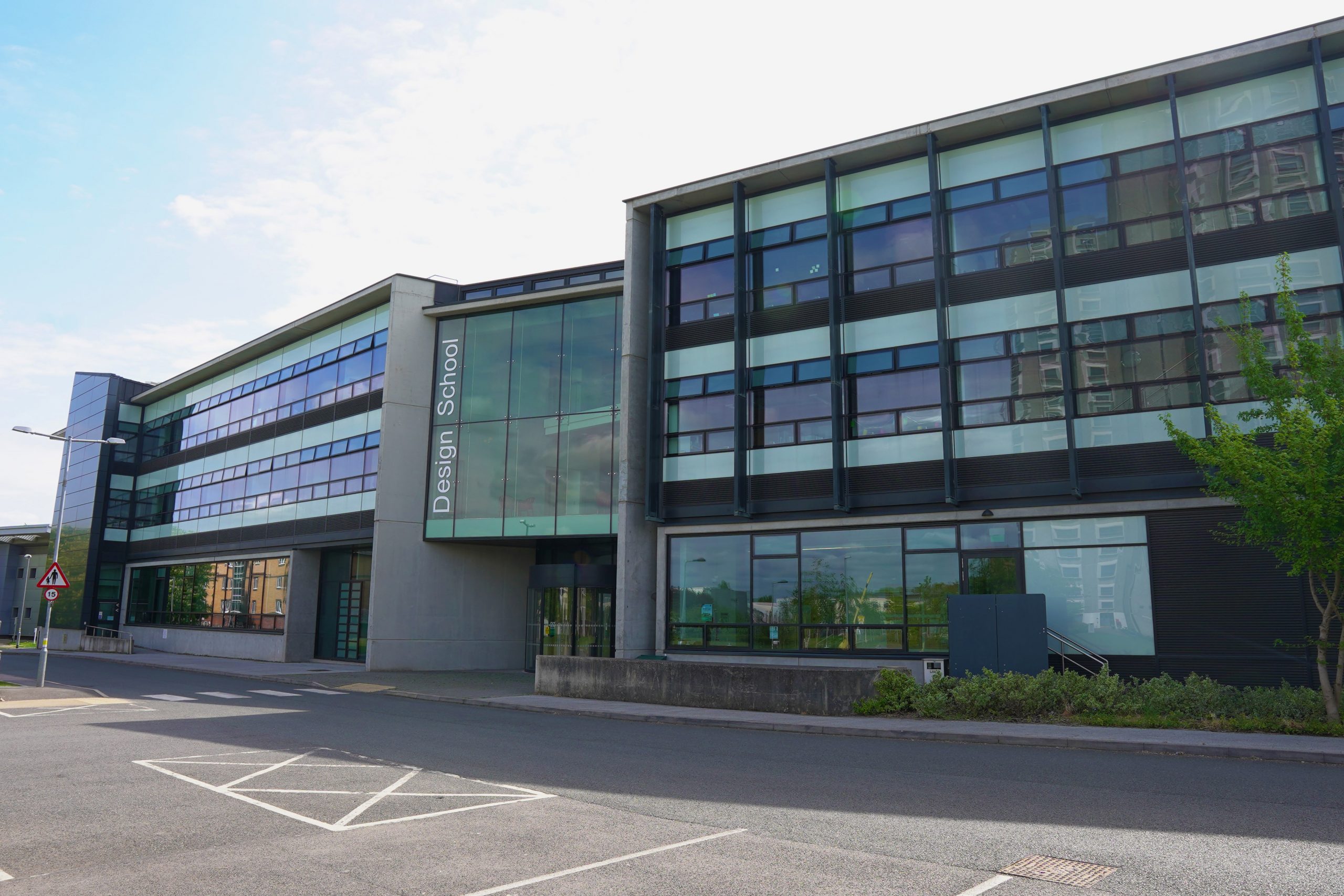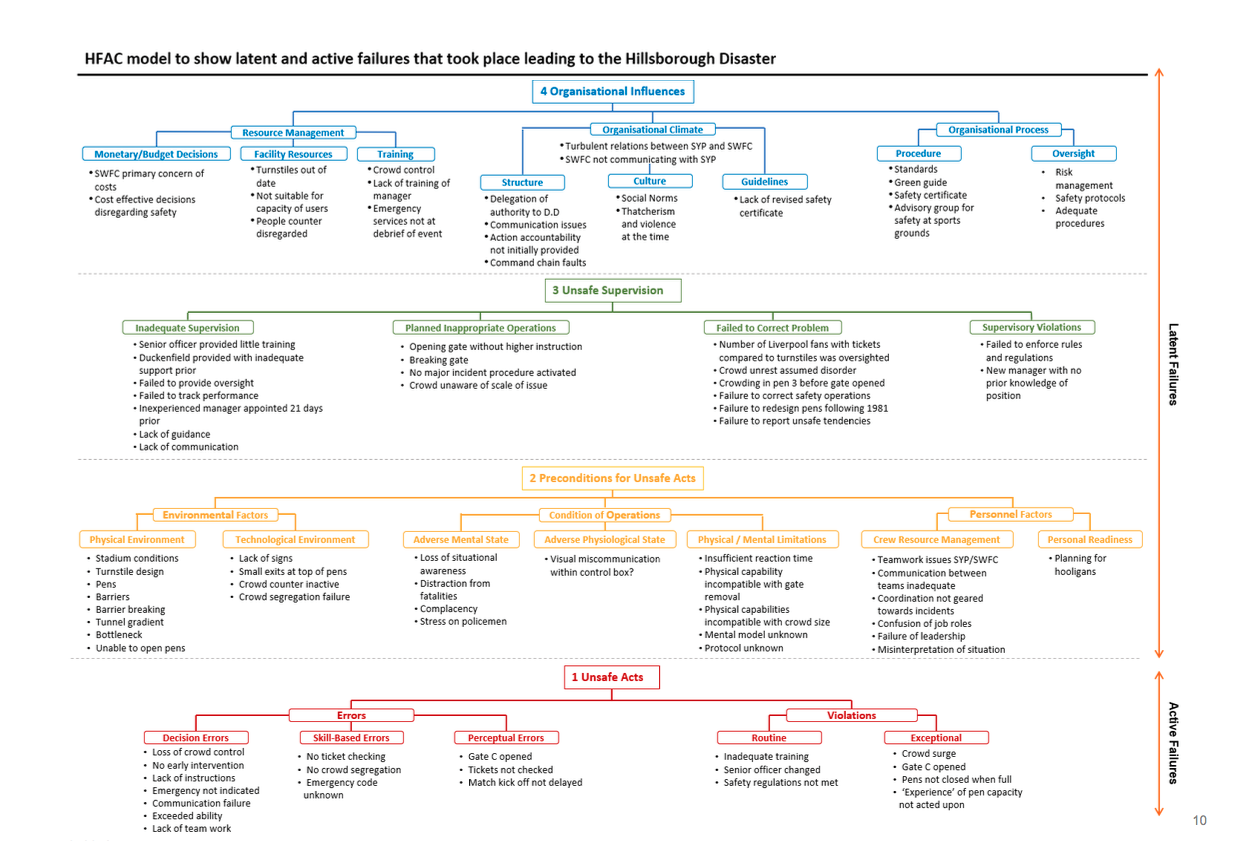
Final year project
Mental models of sustainable buildings: a human factors approach [Read more]

Loughborough Design School
Qualitative research was conducted to understand the mental models of occupants within the Design School, a BREEAM Excellent rated building- looking at what the building was designed to do, what it’s actually doing and what people believe it is doing. Built in 2012, the building was designed with sustainable principles and implements a wide range of teaching and learning environments, alongside technical features and energy efficient systems.

Floor plan of the Design School showing occupancy location differences
The aim of this research project is to elicit the types of mental model’s building users have of the Design School.
This involved three main objectives:
1. Understanding occupant’s knowledge of how the sustainable aspects of the building function and how it influences their use of the building.
2. Understanding how the building occupant’s knowledge and use differs from the original design intentions of the architects and designers involved in the construction of the building.
3. Understanding the way sustainable features influence the way occupants behave within the building and if the environment encourages sustainable behaviours.

Mental model analysis
By learning about user needs and opinions, an understanding of the way people behave within the design school can be understood. These insights allowed for mental models to be assessed and analysed, and how people respond to sustainable features within the Design School to be captured.
The results differed depending on the occupant’s experiences and expertise, but showed that the interaction points throughout the school- heating, ventilation, and lighting, were used by everyone with varying degrees of success. The majority of the original design intentions were met, although changes to the building over the years has impacted this.
Photo credit: Connor Fox.

HFAC model of the Hillsborough Disaster
Risk assessments and complex systems analysis are applicable to a variety of disciplines and have been used in projects from medical product design and specification to accident analysis. In this example, the HFAC model is used to show active and latent failures, identified to understand the system failure that led to the Hillsborough disaster. This can then be used to aid recommendations to prevent future incidents.

Inclusive design: empathetic modelling of visual impairments
An ergonomic appraisal of an iron was conducted to understand the suitability and usability aspects in relation to use by elderly people. Empathetic modelling was used for insightful analysis, such as visual impairment glasses to imitate tunnel vision while carrying out a series of usability tests.
Sophie Usborne
Human Factors techniques and methods can be utilised to analyse and understand human behaviour within their environment, aiding in creating products and systems with users at the core.
Human Factors can be applied in a wide range of disciplines, providing thorough methods and rigorous analysis techniques. By understanding human needs, thoughts and behaviours, we can acquire insight into the way people will interact with their surroundings. This transferrable knowledge gives an explanation of humans in a detailed and captivating way- to aid in risk assessments, complex systems analysis, product development, formative and summative user testing and much more.
Final year project
Mental models of sustainable buildings: a human factors approach
Awards
'20 Diploma in Professional Studies
'18 Human Factors Ergonomics Course Representative
Experience
A week shadowing members of the Human Factors team at NATS, learning about air traffic control, safety, risk management and quality control within the company. This insightful opportunity taught me about how to apply Human Factors techniques to a discipline which centres around human error mitigation.
Placements
September 2018 - February 2019
Human Factors Intern, Kinneir Dufort
March 2019 - May 2019
Insight & Innovation Planner, Kinneir Dufort